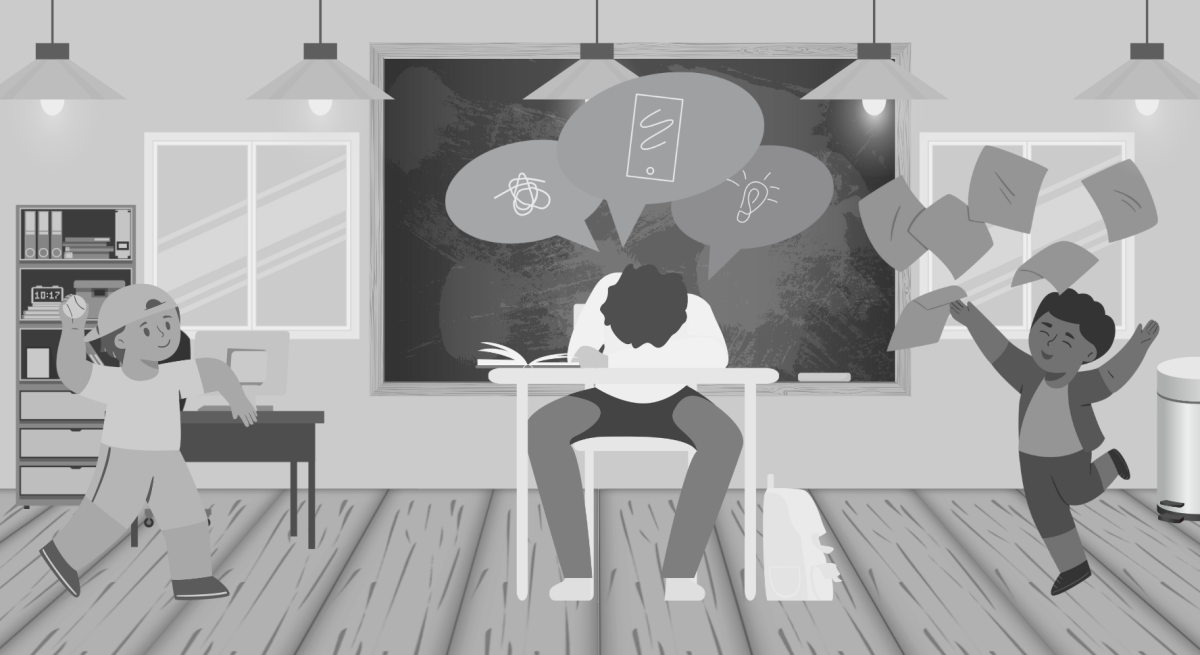“We often think of learning as a process that takes place entirely in our own heads. However, research has shown that a child’s learning can be significantly impacted by their physical surroundings – this includes both their home environment and the classroom. Learning is a continuous process, after all, and a healthy learning environment can make education more effortless and more accessible,” Aldenham Educational Group said.
Classroom learning is so much more than just the material that is being taught, it is also the environment that the material is being taught in. For example, temperature has a huge environmental impact on learning. According to Education Week, it has shown that for each degree that the temperature increases, the percentage of learning that year goes down by one percent. That is so much more difficult for a school that does not have air conditioning, like both the high school and middle school for Freedom.
“When the temperature became so hot in the classroom, the students would start to focus on how uncomfortable they were,” Ms. Jessika Fontaine said. “This drew them away from paying attention to what was being presented to them.”
In 2017, a research experiment was conducted at Harvard to see if students in New York scored higher or lower on an exam depending on the temperature that it was when they were taking it. During one of the exam days the temperature was 90 degrees Fahrenheit, while on the other it was only 72 degrees. The study showed that students did significantly better when it was cooler in the classroom.
Building off of that, not only is temperature affected on how hot or cold it is in the classroom, but temperature can also be caused by the lighting of the room, meaning if it is really bright in the classroom and all of the lights are on, it will increase the temperature of the room, while if lights were dimmed down it doesn’t increase the temperature.
Another major disturbance that can have an impact on classroom learning is the amount of noise while you are trying to complete your task or are learning. Not only does classroom noise have an impact on how well the students can hear the teacher, but it also affects the focus that students have. This can impact academic performance on schoolwork and tests, and how much information a student actually retains from a lesson
Although there is an abundance of environmental settings and disturbances that can impact classroom learning and performance, there is an equal amount of things that are beneficial to a good learning environment.
An example of a very beneficial environment is one where students feel comfortable. Teachers can achieve this in many ways, such as decorating the room with positive quotes and colors, or dimmed lights. Comfortability is huge for classroom learning because the more comfortable a student feels in a classroom, the better that they are going to learn and pay attention.
“It is important for students to be comfortable in the classroom because when they have that trust, that comfort level, with the teacher and other students in the classroom as well,” Ms. Heather Giammaria said. “It makes them more likely to step out of their comfort zone, whether it is participating in activities or answering questions.”
As a student, it can feel hard to put your undivided attention into what is being taught. But maybe it isn’t what is actually being taught that is hard to focus on, it is instead just the environment that you are working in.



